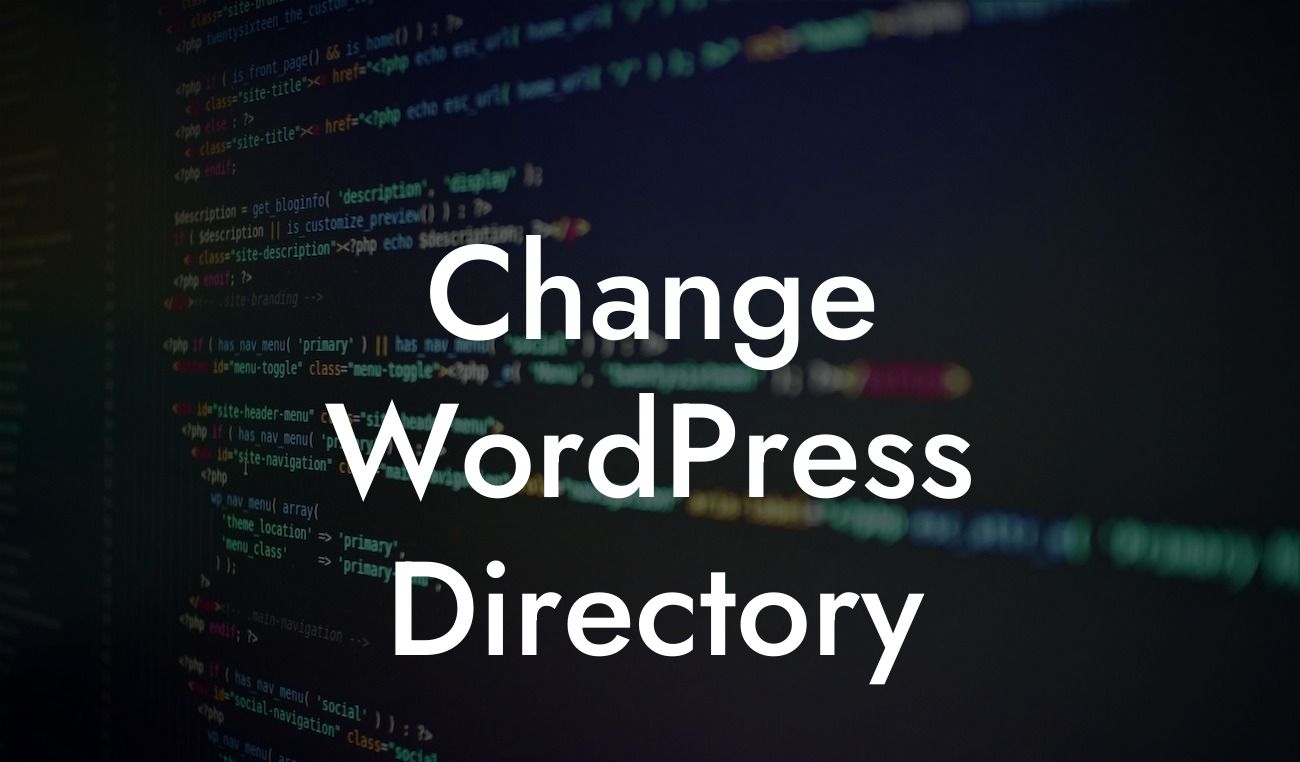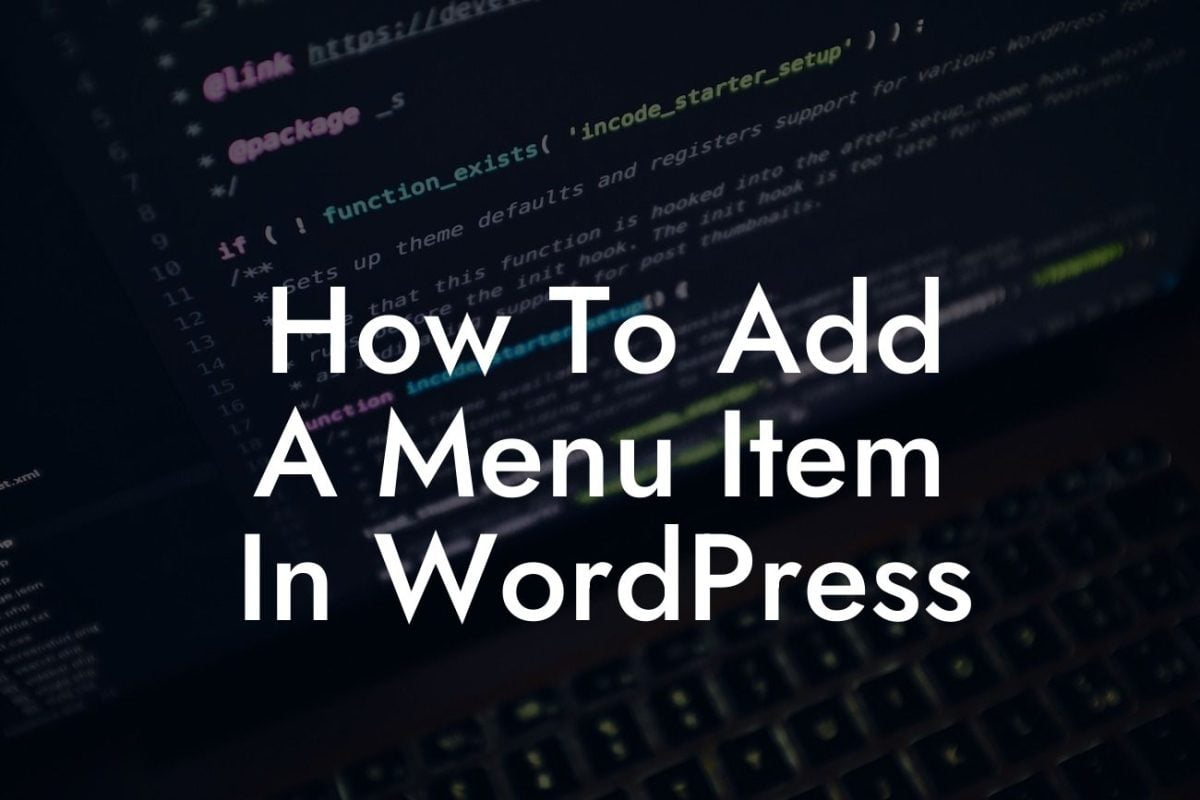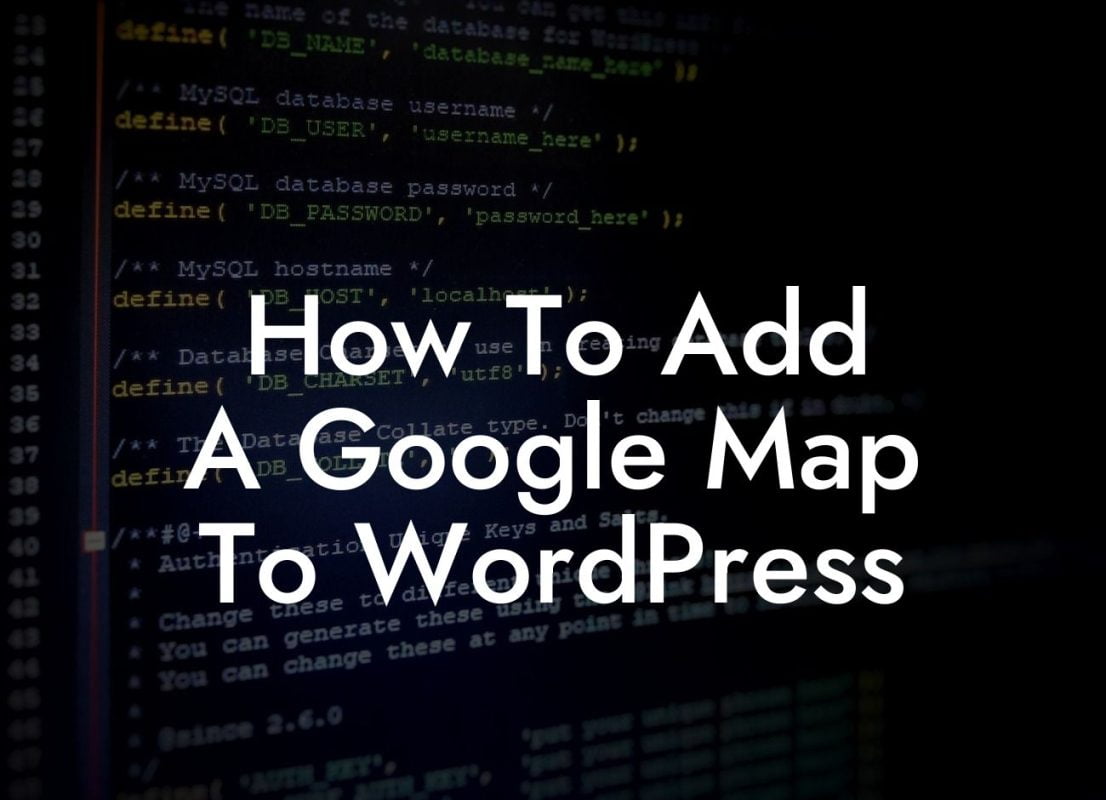---
Are you tired of the default WordPress directory on your website? Looking to change it to enhance your website's functionality and improve user experience? You've come to the right place! In this article, we will guide you on how to effectively change the WordPress directory. Get ready to unlock the full potential of your website with DamnWoo's range of awesome plugins exclusively designed for small businesses and entrepreneurs.
Changing the WordPress directory may seem like a daunting task, but with the right approach, it can be easily accomplished. Follow the step-by-step instructions below to successfully change your WordPress directory and elevate your online presence:
1. Assess Your Current Setup:
Before making any changes, it's crucial to understand your current setup and directory structure. Take note of the existing directory structure, including plugin and theme locations, as well as any customizations you have in place. This will help prevent any potential issues during the directory change process.
Looking For a Custom QuickBook Integration?
2. Backup Your Website:
Before proceeding with any modifications, always make sure to back up your website. This ensures you have a safe copy of your existing website in case anything goes wrong during the directory change. Use reliable backup plugins or consult with DamnWoo's experts to ensure a smooth backup process.
3. Choose the New Directory:
Decide on a new directory for your WordPress installation. It's recommended to choose a directory that aligns with your business name or brand to maintain consistency. Ensure that the new directory is easily accessible and accurately reflects your website's purpose.
4. Moving WordPress Core Files:
To change the WordPress directory, you'll need to move the core files to the new location. This involves transferring files via FTP or using DamnWoo's recommended migration plugins for a simplified process. Be sure to update the necessary file paths in your WordPress configuration files as well.
5. Updating Site URL:
Once the files have been successfully moved, you'll need to update the site URL in your WordPress settings. This ensures that all internal links and references point to the new directory. Visit the General Settings section in your WordPress dashboard and modify the Site URL accordingly.
Change Wordpress Directory Example:
Let's consider a realistic example of changing a WordPress directory for a small business called "Sunny Delights." The current directory is "www.example.com/wordpress" which doesn't align with the business name or brand. By changing it to "www.example.com/sunnydelights," the website will showcase a stronger and more professional online presence, making it easier for customers to find and engage with the brand.
Congratulations! You have successfully changed your WordPress directory and taken a major step towards enhancing your online presence. Don't stop here! Explore DamnWoo's range of awesome plugins specifically designed for small businesses and entrepreneurs. Transform your website with our powerful solutions and see your success soar to new heights. Be sure to share this article with others who can benefit from it and stay tuned for more informative guides on DamnWoo.













